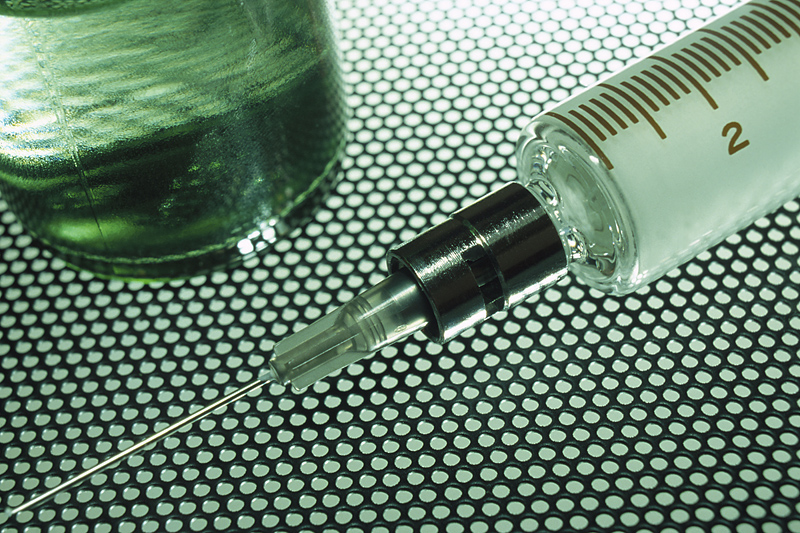
TUESDAY, June 15 (HealthDay News) — The hemoglobin A1C test is supposed to give doctors a sense of diabetics’ long-term blood sugar levels, but new research suggests the test may have different results depending on race, even if daily blood sugar levels are the same.
What’s more, those differences became greater as blood sugar levels and A1C increased, according to the new analysis, which is published in the June 15 issue of the Annals of Internal Medicine.
“We found that those who self-identify as black, on average, had higher A1Cs than those who self-identify as white,” said study author Dr. David Ziemer, an associate professor in the division of endocrinology and metabolism at the Emory University School of Medicine in Atlanta.
Hemoglobin is a component of red blood cells. It’s the part that makes blood red, and hemoglobin’s primary function is to carry oxygen from the lungs to the rest of the body. If hemoglobin comes into contact with sugar, which is what occurs when blood sugar levels are too high, the sugar molecules attach themselves to the hemoglobin. The hemoglobin A1C test measures what percentage of your hemoglobin is combined with sugar (glycated).
A normal level is generally between 4 percent and 5.7 percent. From 5.7 percent to 6.4 percent is considered prediabetes, according to the American Diabetes Association, and an A1C level of 6.5 percent or higher means that you have diabetes.
However, there are certain factors that can affect A1C readings. Certain medical conditions, such as certain anemias and other conditions that can affect red blood cell counts, can cause variations in A1C readings, according to an accompanying editorial in the same issue of the journal.
Previous research had already found higher A1C levels in blacks, but researchers suspected it was due to other factors, such as body-mass index levels (overweight or obesity), socioeconomic factors or differences in diabetes control.
To assess whether or not A1C levels are affected solely by race, or if other factors might play a role in the difference, Ziemer and his colleagues ran A1C tests, a random blood glucose test and an oral glucose tolerance test on almost 1,600 black and white volunteers between 18 and 87 years old. None had been previously diagnosed with diabetes.
They also reviewed A1C and glucose tolerance test data from almost 2,000 people included in the Third National Health and Nutrition Survey (NHANES). Everyone in that U.S. study was over 40 years old.
In both studies, the researchers found that blacks had higher A1C levels than whites, even in the presence of normal blood sugar readings. In the first study, blacks without diabetes had an average A1C that was increased by 0.13 percent. In the NHANES group, the difference between blacks and whites was 0.21 percent. Even that seemingly small difference, however, could change the diagnosis of prediabetes or diabetes, experts noted.
In those with prediabetes, A1C levels in blacks were 0.26 and 0.30 percent higher, respectively. And, for those with diabetes, the average A1C level for blacks was 0.47 percent above that of whites in both studies.
Ziemer said there are numerous potential mechanisms to explain why blacks might have higher A1C levels, but nothing is proven right now.
“This was a very interesting analysis that really needs more explanation,” said Dr. Richard Bergenstal, president of medicine and science for the American Diabetes Association.
Another study — this time conducted with continuous glucose monitoring, a way of measuring blood sugar every few minutes — could measure blood sugar levels over the lifespan of an A1C, allowing researchers to see if blood sugar levels really are similar for similar A1C levels, suggested Bergenstal.
“Among people without diabetes, these differences won’t make much of a difference,” explained Ziemer. “But, when you get up to the level of diabetes, will the average A1C difference of 0.4 or 0.5 percent translate into an increased risk of complications?”
In addition, said Ziemer, he worries that people may be labeled as having poorer control of their diabetes because their A1Cs are higher.
More information
Read more about the hemoglobin A1C test from the U.S. National Library of Medicine.

